A notable Second World War airborne operations group of six awarded to Staff Sergeant N. D. Wright, Glider Pilot Regiment (A.A.C.), who flew as a 2nd pilot in a Hadrian in Operation "Bigot", the airborne invasion of Sicily, and as 1st pilot of a Horsa in the second lift to Arnhem in September 1944: having reverted to an infantry role on landing, he was taken P.O.W. whilst patrolling the Oosterbeek perimeter 1939-45 Star; Africa Star; Italy Star; France and Germany Star; Defence and War Medals 1939-45, a little polished, very fine and better (6) Norman Wright commenced his pilot training in January 1942 and transferred to No. 1 Glider Training School in April 1942, where he gained extensive experience in Hotspurs and a 'good average' assessment. He also attended a conversion unit for air experience in Horsas. Wright subsequently joined No. 1 Squadron of the Glider Pilot Regiment and took - as 2nd pilot - a Hadrian glider to North Africa in June 1943. Sicily: 'A bloody disaster' It was in this latter capacity that he went into action on the night of 9-10 July, as part of Operation "Bigot", part of the airborne invasion of Sicily. He and his pilot - Sergeant Mallinson - were charged with delivering an R.E. team of 1st Airlanding Brigade to the bridge at Ponte Grande, following a difficult towing operation of 450 miles over the Mediterranean. His unit's O.R.B. later reported: 'Fair tow. Experienced flak near coast. Glider released at 2227 hours at 1800 feet approximately correct distance from coast. Glider made successful landing to S.E. of L.Z. Too dark for pilot to locate correct L.Z.' Wright's log book adds that his glider hit a tree on landing: nonetheless he was quickly deployed as an infantryman in capturing and holding the bridge Ponte Grande. On the afternoon of the 10th, ever increasing Italian forces managed to recapture the bridge and for a short while the survivors were held in captivity. Luckily, they were rescued by 8th Army reinforcements who made good progress after the seaborne landings. Of the glider armada that set out from Tunisia on the 9th, 68 Hadrians and one Horsa crashed into the sea with heavy loss of life. In the recipient's own words, 'It was a bloody disaster'. He subsequently served with No. 1 Squadron, Glider Pilot Regiment at Putignano in Italy. Arnhem: 'In the bag' On returning to the U.K. in early 1944, Wright qualified as a 1st pilot on Horsas and joined E Squadron of the Glider Pilot Regiment at Down Ampney. It was in this capacity, with Sergeant Orsi as his 2nd pilot, that he took a Horsa to Arnhem on 18 September 1944, when, as part of "Market Garden's" second airlift, he landed on 'S' L.Z. near Oosterbeek. It was a good landing and 'everything unloaded well'. Once more reverting to an infantry role, he and his fellow pilots from E Squadron were deployed in the defence of the Oosterbeek perimeter, in positions between Ommershof and 'A' Company of the Border Regiment. It was likely here, while on a patrol on the night of 23-24 September, that he was captured and taken P.O.W. Of the 1262 men of the Glider Pilot Regiment who were engaged at Arnhem, 219 were killed in action or died of wounds, and over 500 were taken P.O.W. Wright ended the war at Stalag 11B at Fallingbostel in Lower Saxony. Sold with the recipient's original R.A.F. Pilot's Flying Log Book (Form 414 type), covering the period January 1942 to September 1944, several wartime photographs and his Glider Pilot Regimental Association rules book. Subject to 20% VAT on Buyer’s Premium. For more information please view Terms and Conditions for Buyers.
A notable Second World War airborne operations group of six awarded to Staff Sergeant N. D. Wright, Glider Pilot Regiment (A.A.C.), who flew as a 2nd pilot in a Hadrian in Operation "Bigot", the airborne invasion of Sicily, and as 1st pilot of a Horsa in the second lift to Arnhem in September 1944: having reverted to an infantry role on landing, he was taken P.O.W. whilst patrolling the Oosterbeek perimeter 1939-45 Star; Africa Star; Italy Star; France and Germany Star; Defence and War Medals 1939-45, a little polished, very fine and better (6) Norman Wright commenced his pilot training in January 1942 and transferred to No. 1 Glider Training School in April 1942, where he gained extensive experience in Hotspurs and a 'good average' assessment. He also attended a conversion unit for air experience in Horsas. Wright subsequently joined No. 1 Squadron of the Glider Pilot Regiment and took - as 2nd pilot - a Hadrian glider to North Africa in June 1943. Sicily: 'A bloody disaster' It was in this latter capacity that he went into action on the night of 9-10 July, as part of Operation "Bigot", part of the airborne invasion of Sicily. He and his pilot - Sergeant Mallinson - were charged with delivering an R.E. team of 1st Airlanding Brigade to the bridge at Ponte Grande, following a difficult towing operation of 450 miles over the Mediterranean. His unit's O.R.B. later reported: 'Fair tow. Experienced flak near coast. Glider released at 2227 hours at 1800 feet approximately correct distance from coast. Glider made successful landing to S.E. of L.Z. Too dark for pilot to locate correct L.Z.' Wright's log book adds that his glider hit a tree on landing: nonetheless he was quickly deployed as an infantryman in capturing and holding the bridge Ponte Grande. On the afternoon of the 10th, ever increasing Italian forces managed to recapture the bridge and for a short while the survivors were held in captivity. Luckily, they were rescued by 8th Army reinforcements who made good progress after the seaborne landings. Of the glider armada that set out from Tunisia on the 9th, 68 Hadrians and one Horsa crashed into the sea with heavy loss of life. In the recipient's own words, 'It was a bloody disaster'. He subsequently served with No. 1 Squadron, Glider Pilot Regiment at Putignano in Italy. Arnhem: 'In the bag' On returning to the U.K. in early 1944, Wright qualified as a 1st pilot on Horsas and joined E Squadron of the Glider Pilot Regiment at Down Ampney. It was in this capacity, with Sergeant Orsi as his 2nd pilot, that he took a Horsa to Arnhem on 18 September 1944, when, as part of "Market Garden's" second airlift, he landed on 'S' L.Z. near Oosterbeek. It was a good landing and 'everything unloaded well'. Once more reverting to an infantry role, he and his fellow pilots from E Squadron were deployed in the defence of the Oosterbeek perimeter, in positions between Ommershof and 'A' Company of the Border Regiment. It was likely here, while on a patrol on the night of 23-24 September, that he was captured and taken P.O.W. Of the 1262 men of the Glider Pilot Regiment who were engaged at Arnhem, 219 were killed in action or died of wounds, and over 500 were taken P.O.W. Wright ended the war at Stalag 11B at Fallingbostel in Lower Saxony. Sold with the recipient's original R.A.F. Pilot's Flying Log Book (Form 414 type), covering the period January 1942 to September 1944, several wartime photographs and his Glider Pilot Regimental Association rules book. Subject to 20% VAT on Buyer’s Premium. For more information please view Terms and Conditions for Buyers.
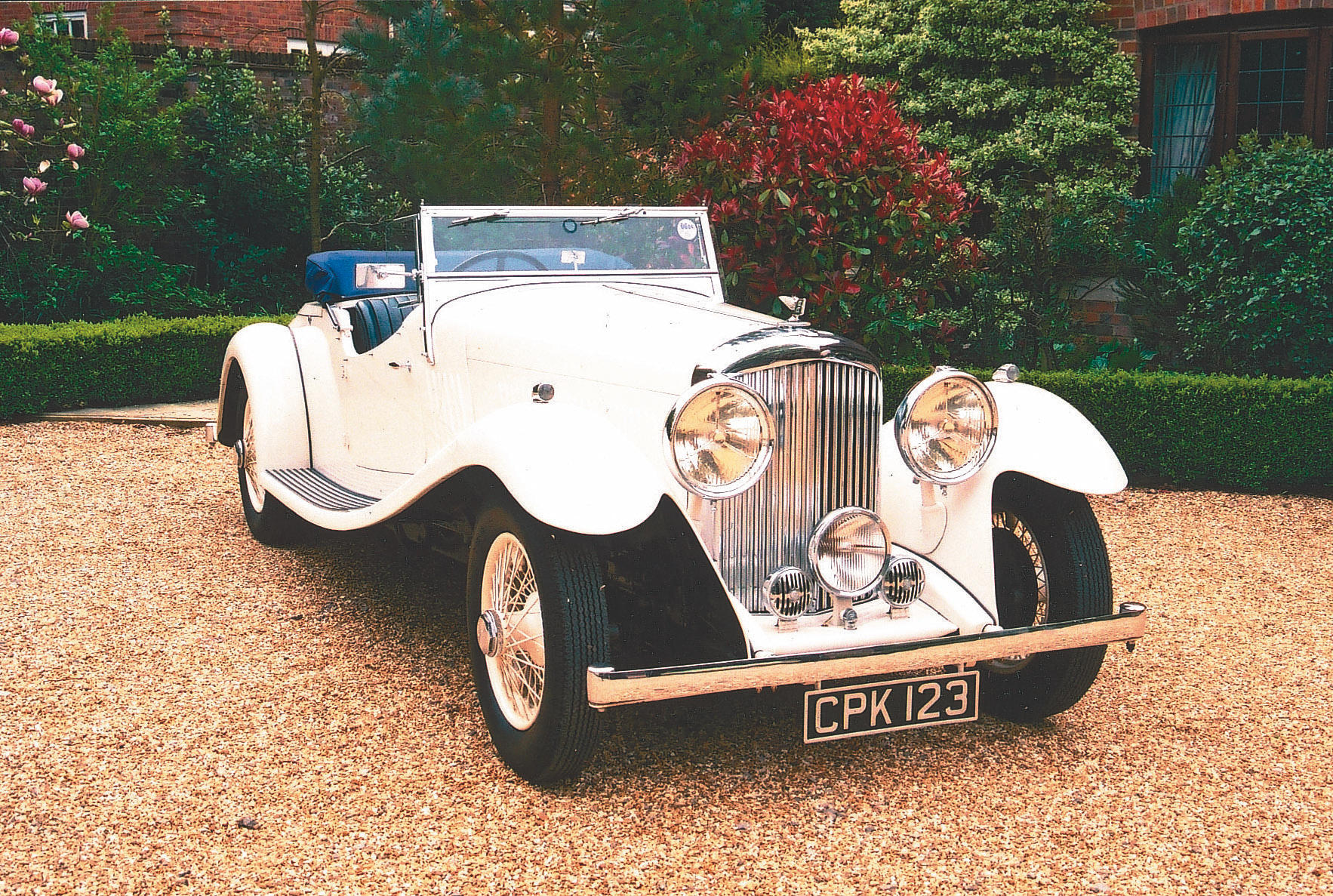
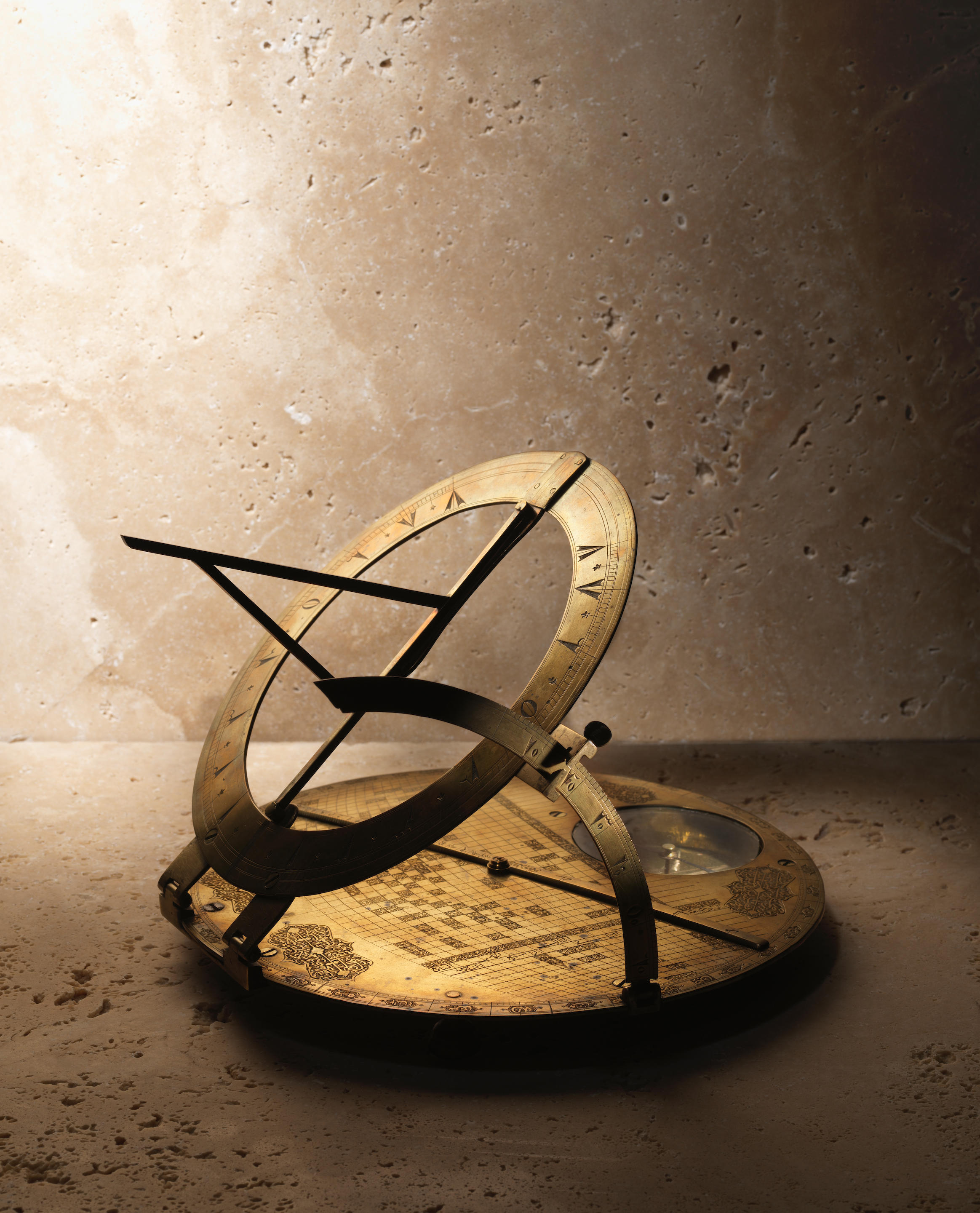
/113762/Internet%20Image%201.jpg)
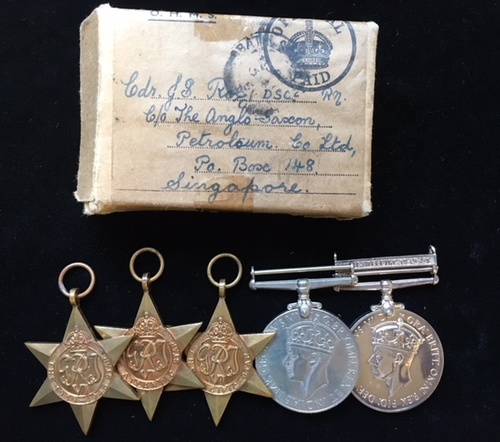

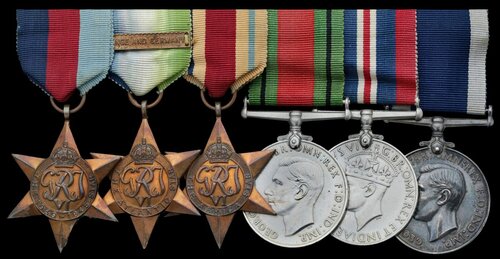


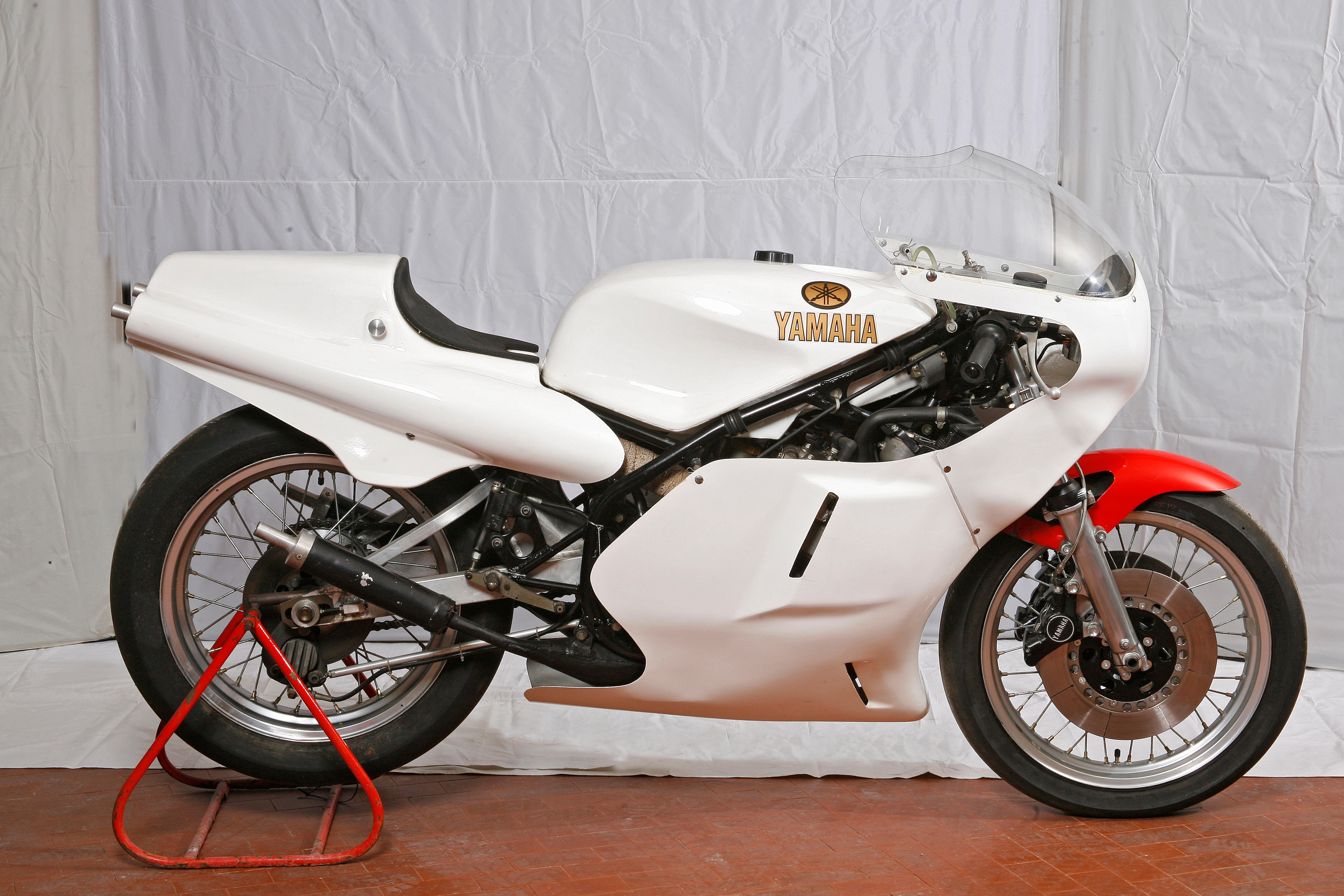
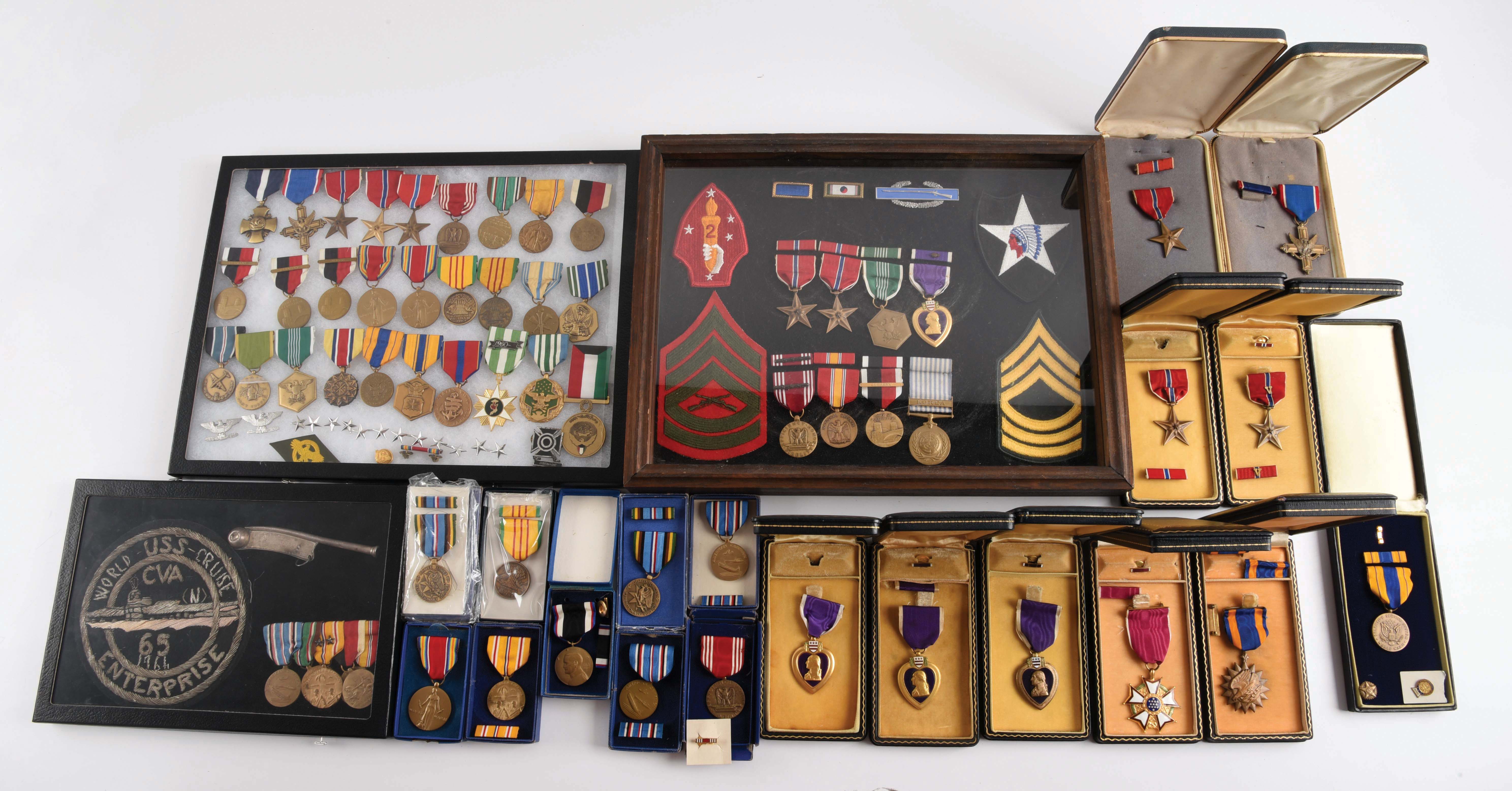





Testen Sie LotSearch und seine Premium-Features 7 Tage - ohne Kosten!
Lassen Sie sich automatisch über neue Objekte in kommenden Auktionen benachrichtigen.
Suchauftrag anlegen